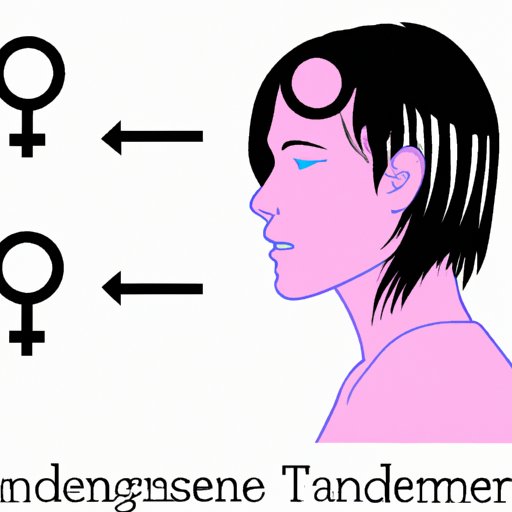
Is Transgender a Mental Disorder?
Transgender individuals have long been the subject of controversy, with questions centered on whether their identification as a gender that differs from their biological sex is a mental disorder. These debates continue to make headlines and create misconceptions about transgender individuals, leading to misunderstanding and stigmatization. In this article, we will explore the medical and psychological consensus and various lived experiences and challenges that transgender individuals face. We will also delve into the approaches to treatment and transformative effects of gender-affirming therapy. Finally, we will examine the de-classification of being transgender as a mental disorder and its implications.
Overview of Medical and Psychological Consensus
The classification of transgender individuals has a long history in the medical and psychological communities, with debates raging regarding its classification as a mental disorder. Historical perspectives categorized being transgender as paraphilia, an umbrella term for deviant sexual behavior. However, in recent times, the medical and psychological consensus is that being transgender is not a mental disorder, but gender dysphoria – the distress caused by the incongruence between gender identity and biological sex – is a disorder. Treatment is focused on easing gender dysphoria.
Lived Experiences and Challenges
Transgender individuals face several challenges ranging from discrimination, lack of access to healthcare, and physical and emotional abuse. The lived experience of transgender individuals can be challenging, with many reporting feelings of depression and anxiety. These individuals may also face social isolation and rejection, leading to self-harm, substance abuse, and suicidal ideation. Despite the challenges, many transgender individuals are resilient and lead fulfilling lives after transitioning.
Approaches to Treatment
The two primary approaches to treating gender dysphoria are medical intervention and psychotherapy. Medical intervention involves hormone replacement therapy (HRT) or gender-affirming surgery. HRT helps transgender individuals transition biologically, while gender-affirming surgery helps them transition physically, affirming their gender identity. Psychotherapy aims to reduce gender dysphoria through social and behavioral interventions. However, transgender individuals may face barriers to accessing medical interventions, including stigmatization by medical professionals and insufficient insurance coverage.
Implications of Outdated Diagnoses
In the past, transgender individuals were diagnosed with Gender Identity Disorder (GID), which was viewed as a mental disorder. However, in the fifth edition of the Diagnostic and Statistical Manual of Mental Disorders (DSM-5), this was replaced with Gender Dysphoria. The change in diagnosis is significant as it enables transgender individuals to receive medical interventions without being diagnosed with a mental disorder. However, the change also highlighted the stigma and discrimination directed at transgender individuals.
Transformative Effects of Gender-Affirming Therapy
Case studies show that gender-affirming therapy can lead to significant improvements in the mental health and well-being of transgender individuals. These therapies include social and medical transition approaches aimed at helping transgender individuals align their gender identity with their biological sex. Providing these services not only makes a difference in the lives of transgender individuals, but it also has ethical and policy implications.
De-Classification of Being Transgender as a Mental Disorder
There is growing consensus on declassifying being transgender as a mental disorder, emphasizing that being transgender is natural and contributes to human diversity. Although moving away from pathologizing being transgender will take time, it is critical to understand the implications of continued classification as a mental disorder. Stigmatization and discrimination of transgender individuals can be reduced by accepting and celebrating gender diversity.
Conclusion
In conclusion, the medical and psychological consensus is that being transgender is not a mental disorder; however, gender dysphoria is. Transgender individuals must navigate significant challenges that can adversely affect their mental health and well-being. Approaches to treatment, particularly gender-affirming therapy, can lead to positive outcomes for transgender individuals. It is time to move away from pathologizing being transgender and celebrate gender diversity, reducing stigmatization and discrimination.




